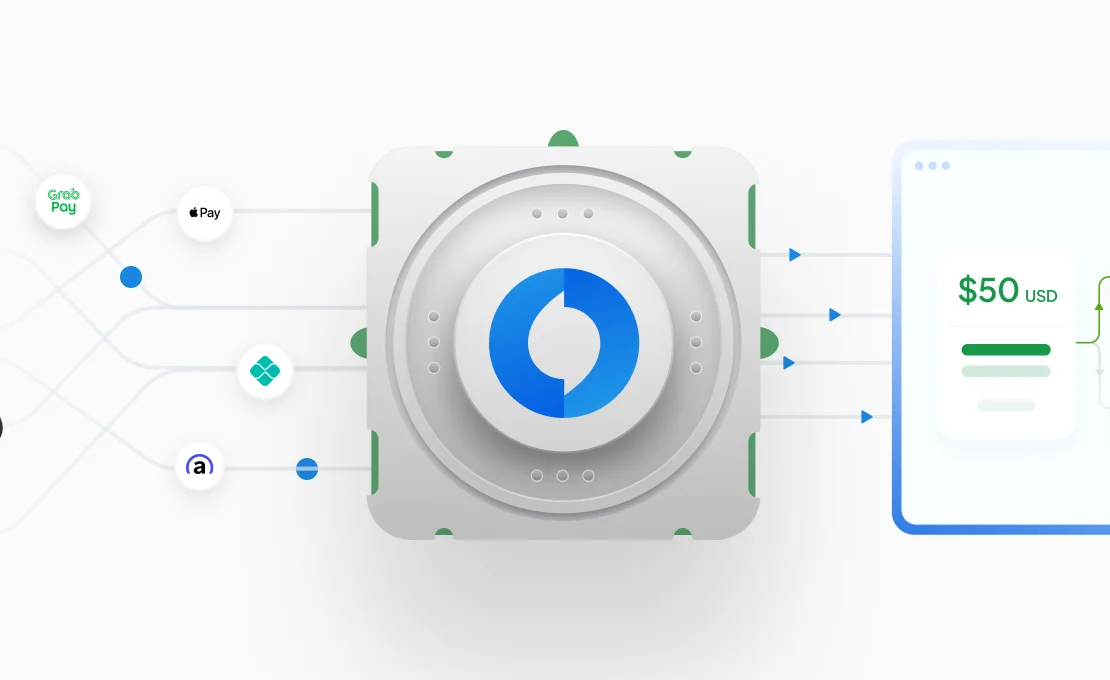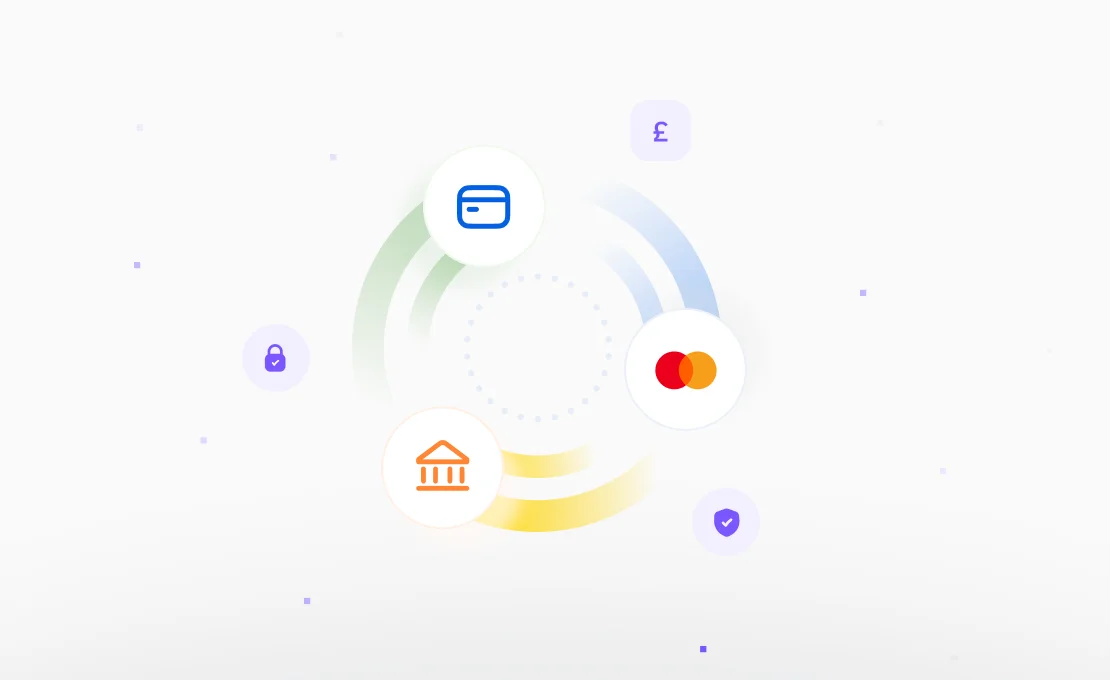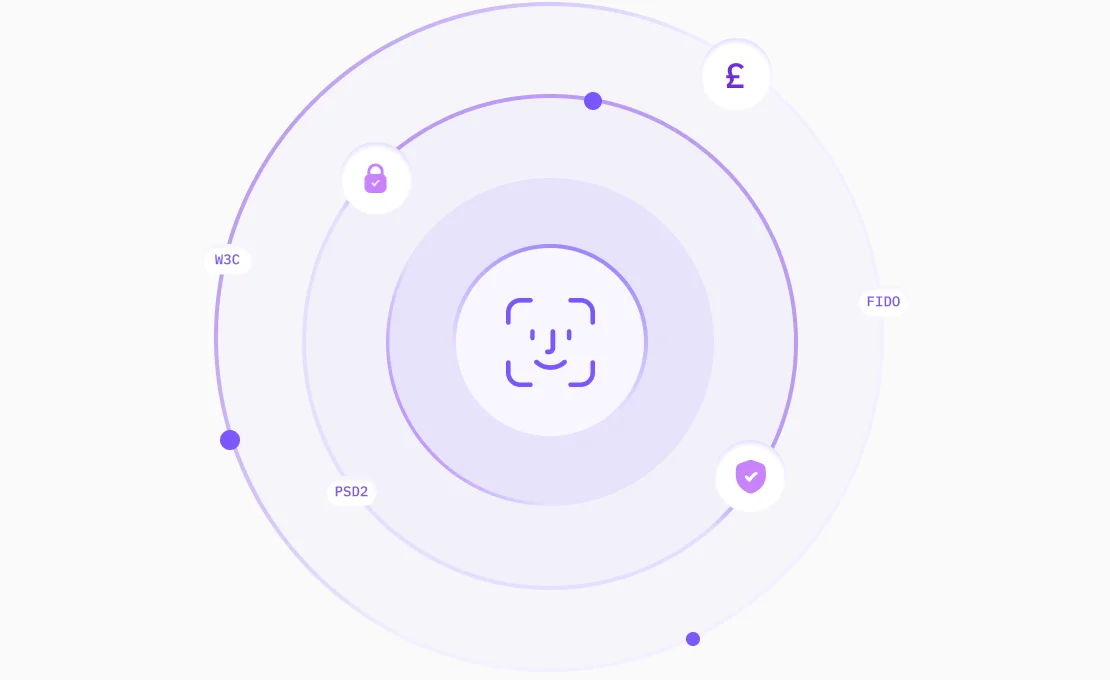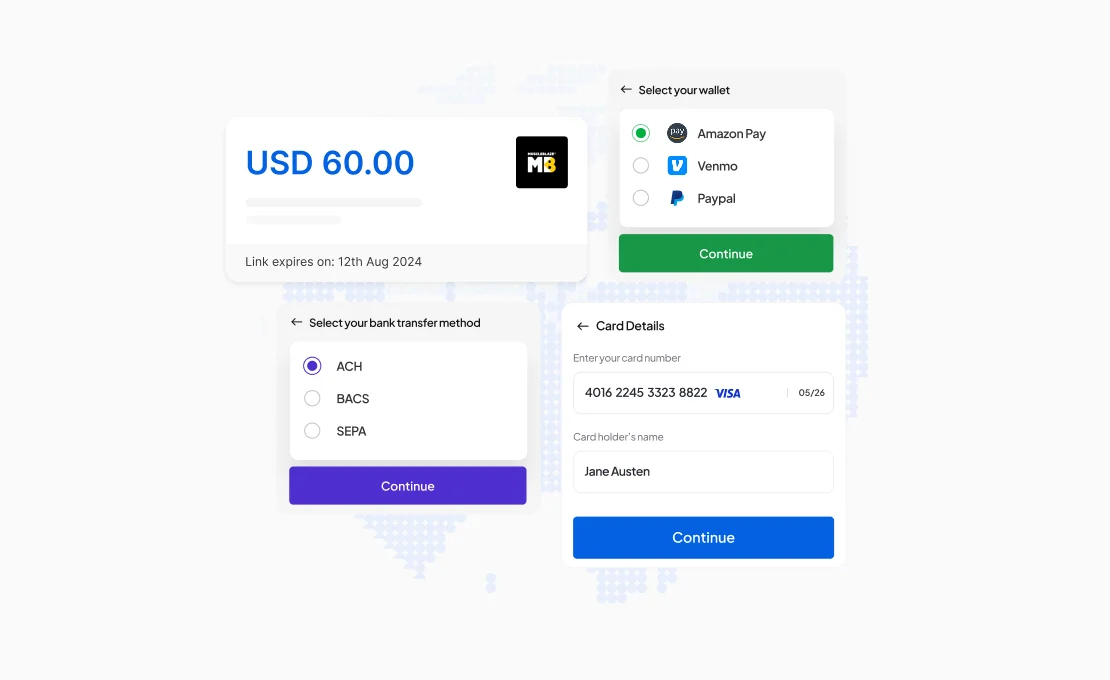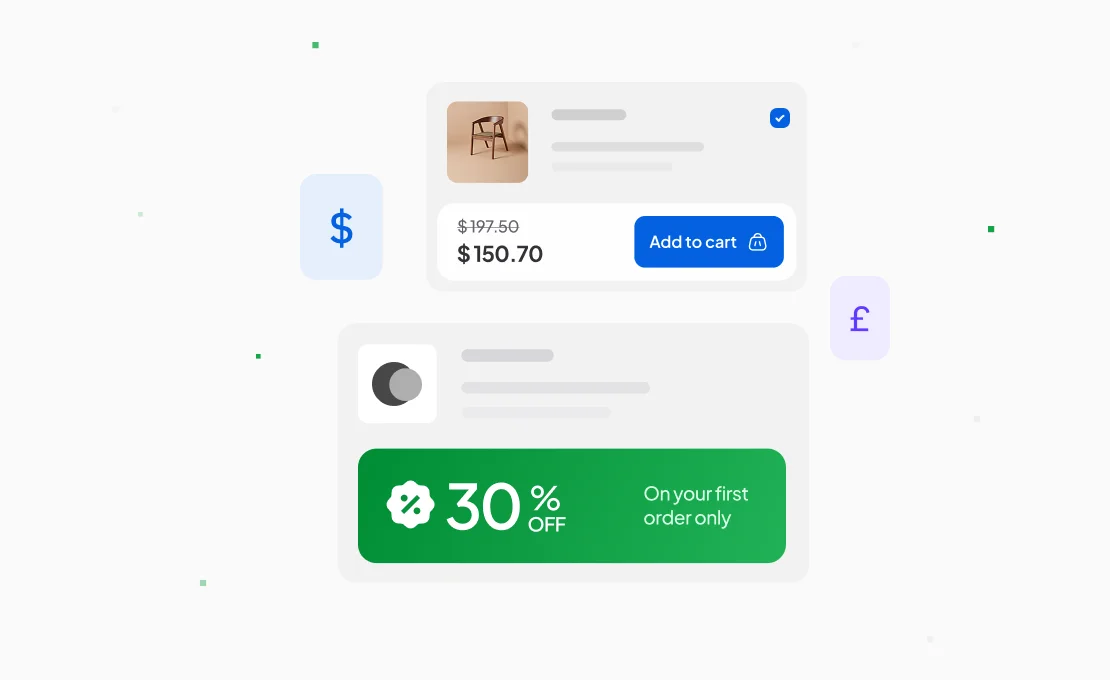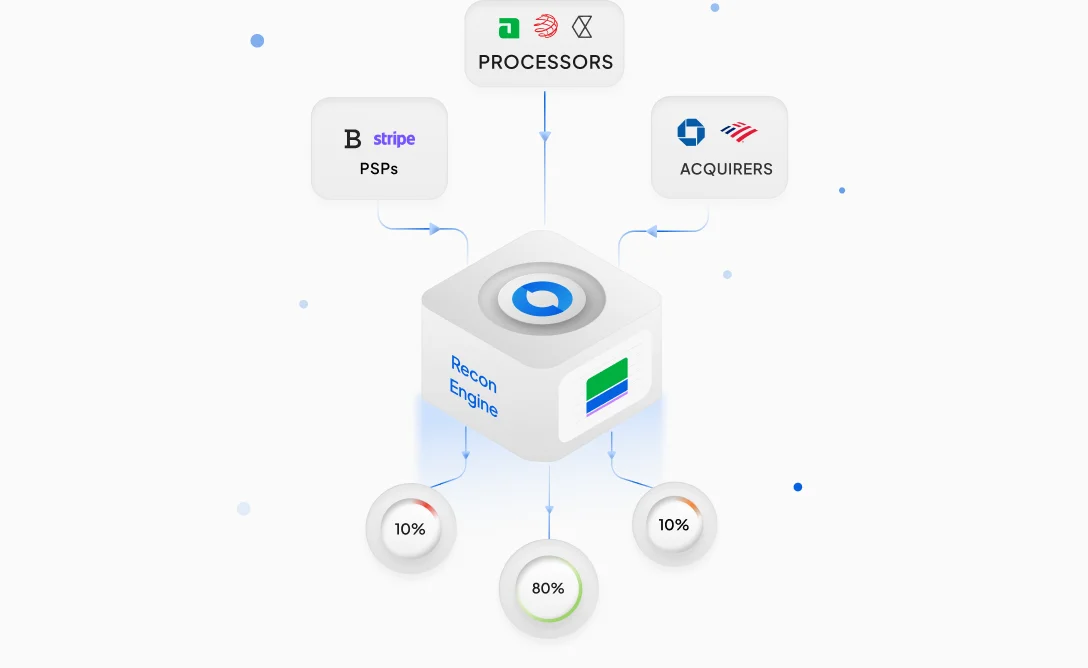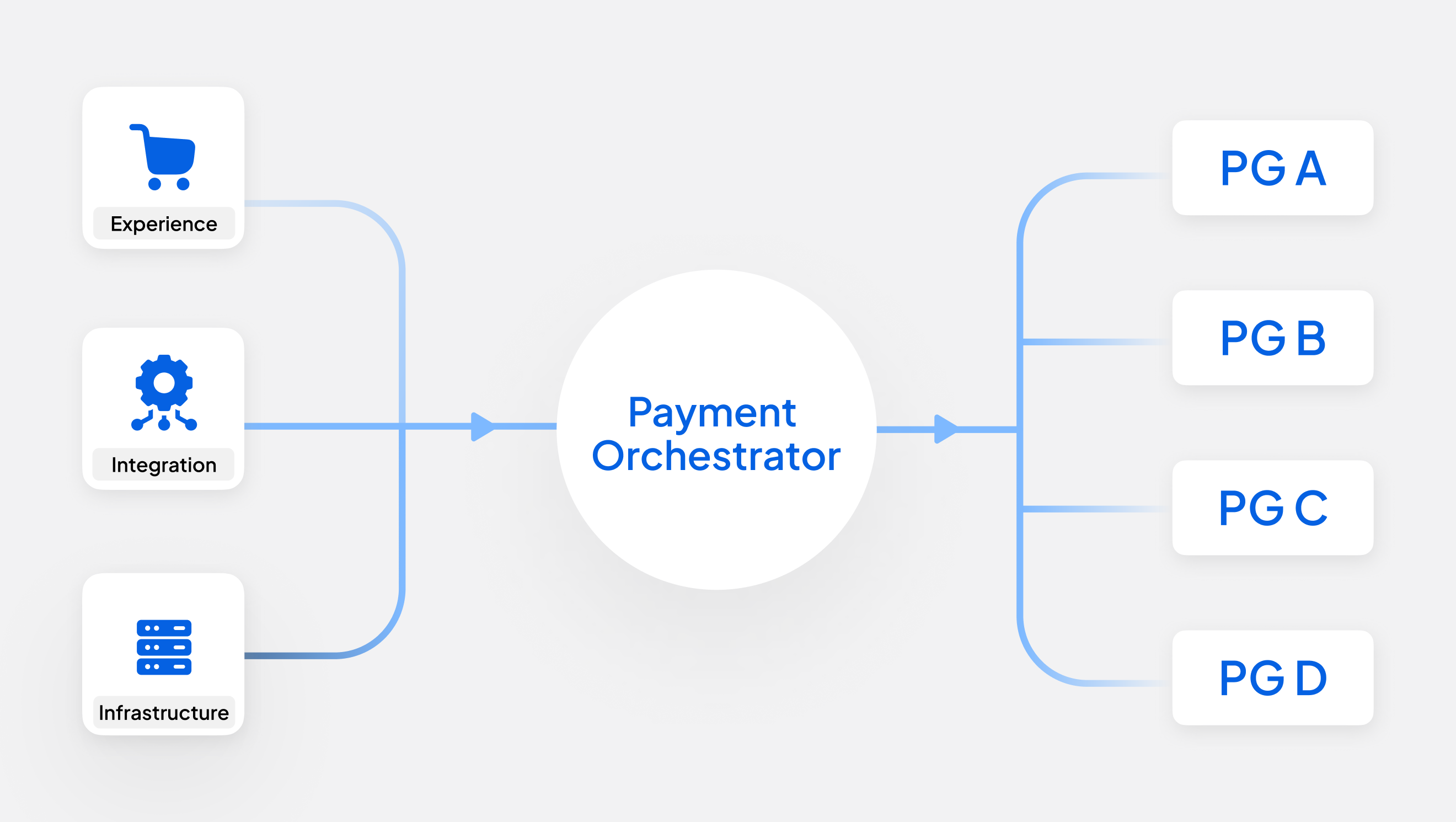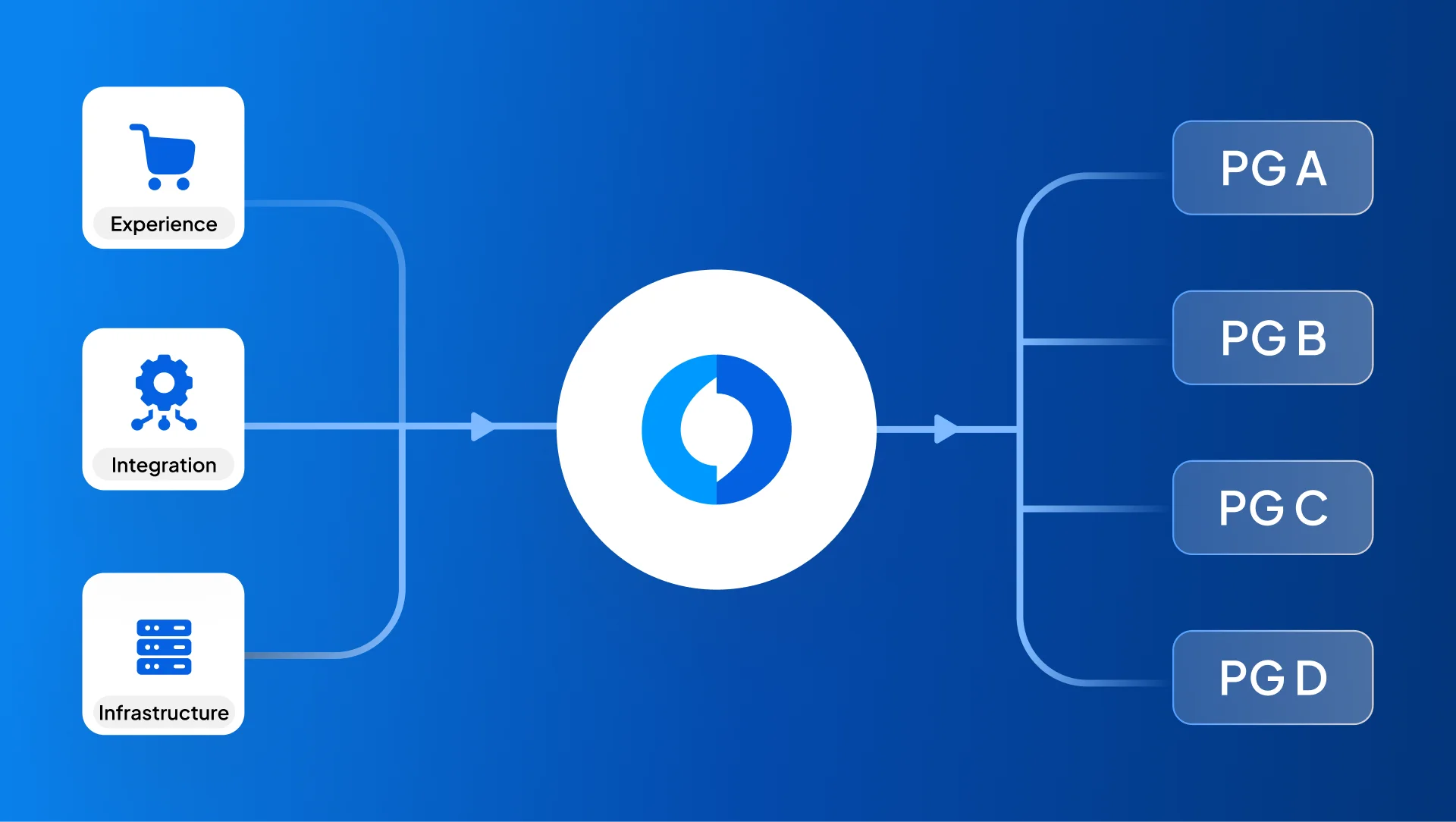Successful payments represent the last step in the relationship between businesses and their consumers. An efficient payment system helps businesses avoid cart abandonment and payment failures. At the same time, it strengthens consumer trust, and enables repeat business. The millions of transactions across as many accounts generates an extraordinary volume of information, which becomes a business’s payment data. Payment data helps you understand how payments support businesses and how consumers make or don’t make payments. It is essentially a goldmine of insights waiting to be extracted and applied to enhance business strategies as well as consumer experience.
Understanding Payment Data
Payment Data captures and stores the many details that enable and contribute to a transaction. These may include:
- Transaction amount - The total value of money paid for the transaction
- Date and time of payment - When the payment was made
- Payment method - Online banking, card, real-time payment(RTP) details, mobile wallet, etc.
- Merchant Details - Merchant name, business address, terminal IDs
- Customer Details - User ID, card details, RTP account details, shipping and billing addresses
- Taxes and fees - Processing or platform fees, sales tax, etc.
These components or details work together to create a repository of trends, practices, user behaviours, customer preferences, and operational conditions. As this repository grows, patterns emerge across the accumulated data. For instance, identifying durations where payments spike can be used to inform promotional decisions, whereas irregular spikes can help identify fraud risks.
However, access to this data is useful only when combined with astute payment data analytics. With an in-depth analysis of these components, whether individually or collectively, businesses can identify next steps, restrategize and reallocate resources, calculate ROIs, detect inefficiencies, reduce fraud, and improve the overall payment experience for their consumers.
How does Payment Data help your consumers?
1. Consumer segmentation
Consumers can be grouped into various categories based on the insights a business aims to derive from them. Payment data reveals where consumers spend, how much they spend, and what platforms they use to make the payments. Engagement can be tailored to these behaviours, for example, directing marketing or promotional campaigns at a group, offering discounts or early access, offering Buy Now Pay Later options, and more.
2. Popular products and purchase periods
Along with how consumers pay, payment data identifies what it is that they are paying for. Businesses gain insight into which products are selling along with when they sell the most or least. This data can then be used to inform inventory decisions, reduce stockout occurrences, and adjust support and staffing levels during peak periods when the product is most likely to be purchased. Payment data analytics take this a step further by indicating the shifts in trends, helping businesses better forecast revenue, manage resource allocation, and choose the right products to offer at the right times.
3. Tracking customer lifecycle
Payment frequency and patterns help businesses identify whether a consumer is leaning toward subscribing, downgrading, or stopping spending on their product or service. This helps them rethink strategies for retention, improve outreach to consumers who have dropped off, and reduce churn.
4. Identifying payment gaps
Payment data analytics also reviews payment methods that are most used by consumers, and their success and failure rates. If payments are failing or incomplete on a particular payment platform, businesses can redirect them to other platforms with a higher success rate. Similarly, payment data can also help highlight the need for payment methods that can be introduced to reduce abandonment and improve conversion for better checkout experiences.
How does Payment Data help your business?
1. Fraud prevention
While payment data analyses payment trends and patterns, it can also flag anomalies like unusually large transactions, multiple failed payment attempts, use of a particular payment method like credit cards that is inconsistent with their usual behaviour can point to a security breach. Payment data analytics can help you identify and prepare for such challenges to avoid losses, penalties, reputation harm, and maintain consumer trust.
2. Reducing payment decline rates
Payment declines can happen due to various reasons - insufficient funds, expired cards or incorrect card details, or potential suspicious activity - they can lead to cart abandonment as a consumer may no longer proceed to pay a second time. Payment data tracks the payment method, location, issuer, and other factors to suggest means to prevent payment declines. Businesses can choose to implement retry logics, reroute payments to platforms with better success rates, and optimize for a better consumer experience at checkout.
3. Compliance
Payment data may identify payment failures occurring due to noncompliance with local regulations, Strong Customer Authentication (SCA) limitations, or incomplete message formatting. Businesses can use this to inform routing practices, complying with messaging regulations, and monitoring failed payments that require a different means of authentication.
4. Reducing payment cost
Payment data helps merchants in breaking down and analyzing the different types of payment cost like interchange fee, processing fee, scheme fee, etc. These insights enable merchants to optimize their payment cost and forecast any anomalies that might have significant impact on their business.
How to best leverage Payment Data analytics?
- Identify key metrics
Payment data, when raw, can be complex and may make it difficult to identify patterns and trends. Identifying key areas where improvements are required consistent with your business goals can help you focus on the insights and derive actionables from them.
- Use reliable analytics tools
Once you’ve narrowed down your goals and areas of analysis, it is necessary to integrate the right tools that help you consolidate data into understandable formats - charts, dashboards, tables - that can be used to easily identify patterns and anomalies.
- Regular reviews
Trends are known for their changing nature. Reviewing your payment data analytics at regular intervals can keep you apprised of changes, bottlenecks, payment declines, and help you respond appropriately to the learnings you get.
- Experiment and track impact
Payment data analytics can get you insights that can recommend your next course of action. You can experiment with solutions for every identified problem and track the impact it creates. This can then be used to fine-tune your response to that problem and ensure a smoother experience for your consumers.
How does Juspay help with payment data analytics?
Juspay’s cost observability suite helps you analyse payment data, helps you monitor and manage payment costs, and analyse their impact on your business. Let’s break this down:
Juspay’s cost observability suite help merchants interpret the following payment cost complexities -
- Different dimensions to optimize payment fees like interchange fee, processing fee, scheme fee, etc.
- Regulatory and card scheme rule changes
- Complexities in Payment Service Provider (PSP) invoices
- Lack of standardization of PSP fee reports
Juspay’s cost observability suite tracks the interchange and scheme fees - types, rates and changes individually for each country based on - transaction type, scheme type, card type, currency, and effective date
Juspay’s cost observability suite empowers merchants to:
- Unify fee reports, review trends and optimize scheme penalties
- Perform scenario analysis to forecast payment cost with scheme fee changes
- Automatically execute RCAs to observe downgrade reasons and penalties
- Audit invoices to enhance transparency and integrity of PSP fee agreements
Juspay’s cost observability suite operates on four fronts to provide rich insights of payment data and payment cost
- Audit - An efficient auditing process evaluates all payment-related costs to ensure transparency and accuracy into all PSP fees and markups.
- Observe - Juspay offers granular, real-time visibility across categories like region, card brand, payment methods, with monthly breakdowns and additional filters for maximum, detailed visibility.
- Optimize - Juspay facilitates data-driven insights into existing & future payment processing expenses and cost-evaluation across PSPs enabling merchants to optimize their payment costs
- Forecast - A detailed forecast on business impact due to scheme fee and other payment fee changes.
Click here to learn more about Juspay's cost observability suite.
